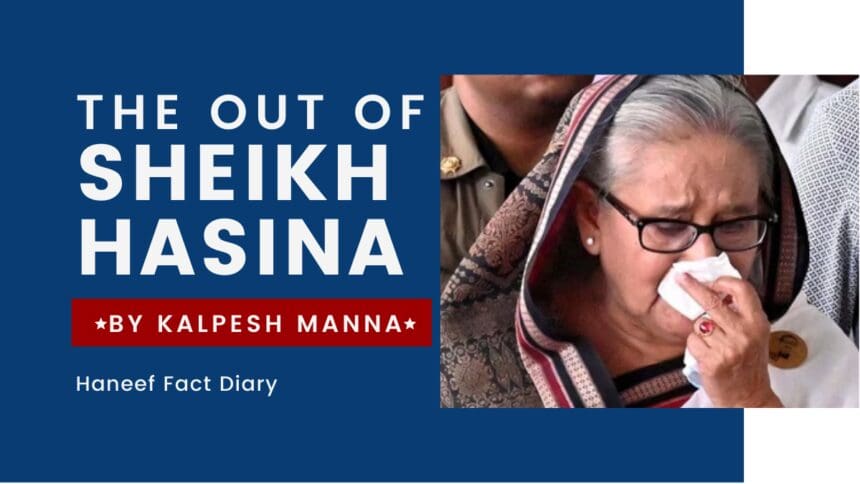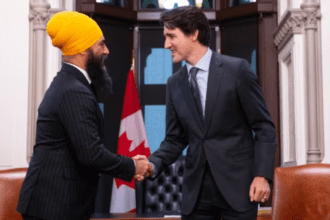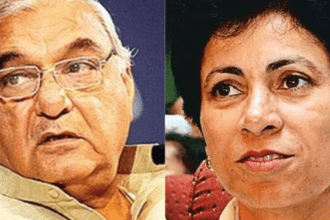Bangladesh Prime Minister Sheikh Hasina just got ousted from her post this week, and just like that, India now has one less friend to call upon in its neighborhood backyard.
Sheikh Hasina, daughter of the country’s founder Mujibur Rahman had been in that post for the last 15 long years. She represented and led the Awami League in the country’s parliament, the leading party in the politics of that country.
Controversies and Challenges
Having retained power for such a long period did not come without controversies though. She was been accused of numerous allegations of autocratic tendencies, constitutional subversions, opposition suppressions, and democratic undermining and backsliding to say the least.
Public Perception and Criticism of Hasina
The country’s Muslim majority often accused her of minority appeasement and suppression of Islamic religious, cultural, and educational institutions; while the rich educated upper class complained about her socialist political stance to turn Bangladesh into a welfare-dependent state.

Throughout all of these though the silent majority did stand by her side on many occasions and praised her also on account of developing their country and turning it into an economic powerhouse mainly driven by export-oriented manufacturing and a tolerant society.
Foreign Relations and Domestic Turmoil
On the foreign policy side, she was quite close to India in the international arena while also maintaining an amicable relationship with China, mainly for economic purposes. Her close relationship with India though had often come under fire from different parts of its society, calling her a lap dog of the Indian government on many different occasions.

Her government’s foreign relations with the Western governments, on the other hand, had been quite rocky in her tenure. Many Western governments, mainly the American government had often accused her of authoritarianism and human rights violations.
Controversial Election and Public Uproar
Though she won the latest election held in the country in January this year with an overwhelming margin, critics and her distractors had called it a sham election to legitimize her authoritarian rule over the country, as many of them had also boycotted the process.
The Rise of the Non-Cooperation Movement and Fall of Sheikh Hasina
The Spark of Student Protests in the Neighborhood
But the real trouble for Sheikh Hasina began after her government tried to forcefully reform the country’s quota system in educational and governmental job sectors in favor of decedents of that country’s freedom fighters or the so-called “Mukti Yoddha”s.
Protests particularly from the student community soon began to erupt around the country including in its capital city of Dhaka, Hasina’s seat of power.

Protests turned deadly when the police and paramilitary forces took control of the situation across the country to curb it and opened fire on unarmed civilians resulting in casualties. But the student protests which now had quickly organized themselves into a cohesive movement with a clear agenda gained mass support from different parts of the populace in response to the brutal methods to suppress it.
Within weeks this mass movement forced the Supreme Court of Bangladesh to step in to roll back those recent reforms. Protesters finally gained victory after the cost of many lives of their fellow students, but meanwhile, the protest in the streets of Dhaka changed tones and demanded justice for those lost lives and the resignation of their Prime Minister.
The Fall of Sheikh Hasina
As the movement which by now had renamed itself the “Non-cooperation Movement” quickly gained ground in the country, the government also tried to suppress it by deploying more force to obstruct its path. But as the protests continued on the streets the situation in the highest halls of power in the capital was also changing quite quickly.
Sensing the inevitability of the success of the mass movement going on the ground the Army then also turned its back on Hasina; forcing her to finally step down and flee the country within hours to India.

The dilemma of the government of Bangladesh began to show itself quickly thereafter as the PM’s residence the “Gana Bhavan” quickly became the target of angry mobs as they entered and looted it mercilessly.
The law and order situation of the country also broke down quickly as Hindu homes and the Awami League party office also became prime targets for arson and looting in this vital situation of a central power vacuum.
Hundreds gathered at the Indian border also trying to cross it after the violence. The army that took on the power temporarily tried its best to handle the environment by putting an end to the police/para militia shootings and with reassurance of stability and fairness.
Conclusion
What the evolved government of Bangladesh shows us to the Indians is that being in a region with volatile neighbors is quite a tricky situation politically in the twenty-first century.
Lessons for India
Keeping good relations with our neighbor can be tagged as them having some unholy alliance with our government against their people and even governments of some authoritarian countries can be quickly set aside by their mass populations.
That’s why people-to-people connection is very essential for maintaining a good stable relationship with any country in this day and age rather than with their temporary, often unpredictable governments.






